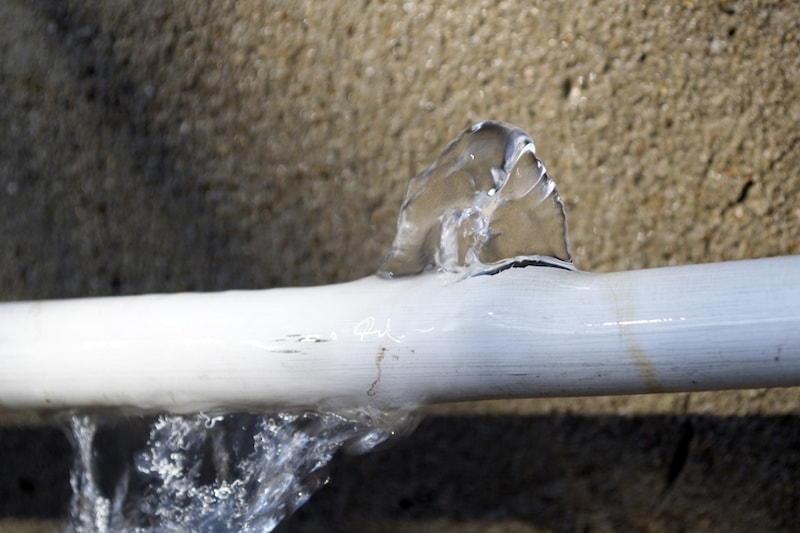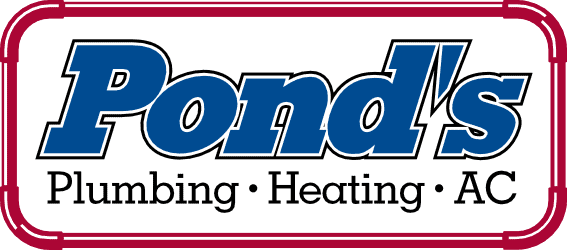What Should I Do About Frozen Pipes?

During the colder months of an Utah winter, frozen pipes can be a real concern. It is not only about the pipes freezing and you not having water. The bigger issue is when the pipes burst, causing all levels of havoc and damage to your home.
An Ounce of Prevention Is Worth a Pound of Cure
Just like everything else in life, an ounce of prevention is worth a pound of cure. Having a flooded first or second floor in the middle of the night in your Centerville home can most times be prevented with some easy strategies.
How You Can Prevent Frozen Pipes
Taking the time to implement these preventative steps can positively help you avoid frozen pipes, which could be a costly situation. The Insurance Information Institute reports water damage is one of the most common and costliest disasters your home.
Prior to the cold weather:
• Insulate your pipes. Any pipes on exterior walls or in unheated areas (such as crawl spaces, garages, basements, or attics) especially need attention. Piping insulation favorites are rubber, fiberglass, and foam.
If this is not something you would prefer to do yourself, call one of our knowledgeable Pond’s Plumbing, Heating & AC plumbers to come out and either advise you or insulate the pipes for you.
• Turn off your outside spigots. Prior to the thermometer dropping during lower temperatures, turn off your inside water shut-off valve that provides water to your outside spigots, or hose bibbs. Now drain each line—open the spigot until it stops dripping—then turn off the spigot.
To further protect the outdoor spigot from freezing temperatures, acquire a super-simple-to-install foam dome cover.
During subfreezing temperatures:
• Turn on your faucets. Including your showers and tubs, turn all your faucets on to ensure a trickle of room-temperature water, especially throughout the nights. If the day’s temperature readings remain subfreezing, keep the water running. The continual movement of water in the pipes will help prevent icing.
• Set your house temperature to at least 55 degrees Fahrenheit both day and night. Never go lower, but do go higher. The higher the better if your Centerville home is not well insulated.
• Keep your garage and outside doors closed. Locate any drafts you might have inside and do what you can to block them.
• Open all your doors inside. This allows better heat flow throughout every room. Additionally, it can help keep walled-in pipes warmer.
• Open your cabinets. Keeping your under-sink kitchen and bathroom cabinets open permits warm air flow to reach your plumbing.
• Use a space heater. Under your vigilant supervision, you could utilize a space heater where pipes are located on an outside wall or if you previously had frozen pipes at that spot.
How You Can Thaw Frozen Pipes
If no water comes out of your faucet, or if it comes out very slowly, your pipe may be frozen. If you find yourself in this situation, do not panic.
Check all your faucets in your Utah home to determine if the freeze is concentrated only at this one section. If the freezing is widespread, open all the faucets, turn off the main water to the house, and call one of our professional plumbers. Our Pond’s Plumbing, Heating & AC plumbers know exactly how to respond.
If only one pipe is frozen, you may be able to thaw it yourself:
• Keep the faucet open, but locate your nearest water shut-off in the event you may need it. (At this point, do not turn the water off unless the pipe has actually burst.) Once the frozen area starts to melt, the water will flow and help melt any remaining ice in the pipe.
• Follow the earlier recommendation regarding using a space heater in the room (again, under your watch). Be sure to keep the cabinet door(s) open and, in this case especially, the room door closed. You may need to practice patience and give it some time to see if this helps.
• Try to thaw the pipe with a blow dryer. NEVER use any open-flame device, such as a blowtorch, kerosene or propane heater, or charcoal stove.
Once you locate where the pipe is frozen, work the dryer up and down the pipe. Begin at the faucet and work backward till you reach the frozen area.
Continue to work up and down the pipe until full water pressure returns to the faucet. Once your water flow is back, keep it running at a trickle. When the outdoor temperatures rise again, feel free to turn the water off.
Warning: When using the blow dryer, be sure the cord does not come in contact with any area where the water might start to flow or where any water can come through a crack in a burst pipe.
Unplug the blow dryer and turn off the water shut-off valve immediately if water starts to gush from the pipe while you are warming it. Keep the faucet open throughout this particular turn of events. If this occurs or if you can’t locate or reach a frozen pipe to warm it, call one of our plumbers.
We Are Here to Help With Your Frozen Pipes
By implementing the pertinent procedures in the prevention process on a regular basis during those colder temperatures in Centerville, UT, you may succeed—without panicking—in protecting your pipes from the big chill.
At Pond’s Plumbing, Heating & AC, we have the training, experience, and thawing tools to help you with your frozen pipe(s). We are happy to help at any point during this process, so never hesitate to give us a call at 801-203-3526 or request service online.
Need HVAC Service?
Contact the experts at Pond's Plumbing, Heating and Air Conditioning.
Call us at 801-203-3526!
